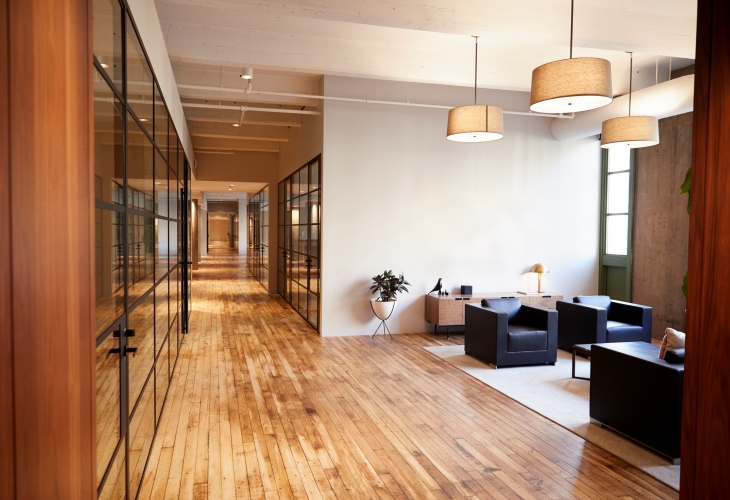I’m no math wizard. I’m a lawyer. So, you might be wondering why I am using a mathematical equation to discuss Organizational Culture.
Culture
Culture has been a buzzword in HR for the last decade. Indeed, there have been innumerable articles and studies discussing the concept of “change your culture, change your organization.” The implication being that there is some measure of equality between the two. If you just shift, change, or manipulate the culture, your organization will be the ideal place to work. Nirvana, right?
I’d say only partly right. Allow me to provide you a different perspective. Merely shifting, changing, or manipulating culture does not equal
As a lawyer and speaker, words are my currency. So, when I hear discussions about culture, I often wonder what people really mean. What exactly does culture mean? According to Merriam-Webster, culture is defined as:
- the customary beliefs, social forms, and material traits of a racial, religious, or social group,
and the set of shared attitudes, values, goals, and practices that characterizes an institution or organization in the employment context.
In other words, culture is your organization’s people and ideas. But despite what you have heard, that is not the entire equation. Atmosphere and environment are equally important variables in achieving the “nirvana” organizations and employees seek. Let’s take a closer look at these concepts of atmosphere and environment in the workplace context.
Atmosphere
The atmosphere is the “aura” or “feel” of your organization. Think about when you go out to dinner, to a bar, or a nightclub. Do you enjoy going there because you feel welcomed and respected? That is also one of the reasons why employees enjoy going to work and rate their organizations as a best place to work. Employees want an atmosphere where they can trust that they are free to express themselves without fear of retribution. When you think about the #METOO movement, fear was a specific impediment identified by victims as the reason why they did not report or delayed reporting.

Is inclusion just a public relations tool or is inclusion woven into the fabric of your organization? Is it part of your strategic plan? Employees – no matter their race, age, gender, national origin, disability status, religion, sexual orientation or
On the other end of the spectrum, ask yourself: do your managers rule by fear? Are there unspoken rules? Are employees discouraged from speaking up or reporting issues? These are atmospheric conditions that impede productivity, trust, innovation, and profitability.
Environment
While atmosphere is one component of the environment, in the workplace, I believe the workplace environment is more the “physical” spaces or surroundings of your organization. That physical space is not just the interior of your workspace, it also includes exterior spaces. For example, does the exterior of your workplace have covered walkways for inclement weather?

How far away are employees required to park from the building entrance? Are there elevators or just stairs?
Standing desks are all the rage. Is this something you would provide to your employees or allow them to purchase for themselves? Do your employees work in cubicles, closed offices, or open workspaces? I have a few clients who have open workspaces and many more organizations are moving in this direction. As an employment attorney, while I understand that these spaces provide for open communication, I worry that this openness also stifles certain types of communication, e.g. discussions with HR. A potential resolution is to ensure that there are closed, private offices where these types of sensitive communications can occur. However, I would not recommend putting those rooms in the middle of the open workspace.
What is the lighting in your space? Are there windows? Is the space too hot or too cold? Are there spaces for employees to take a break, e.g. a lunchroom or other quiet space? What color are your office walls? Scientific studies have found that bright/vibrant colors (not red) increase productivity and spark creativity. Greens and blues are believed to be calming.
Yellow is believed to trigger innovation. On the other hand, gray, beige and white are believed to foster feelings of sadness and depression.
When employees discuss what makes an organization
- Great work/life balance;
- Everyone works collaboratively;
- Upbeat;
- One big community;
- Relaxed but challenging;
- I feel whole and recognized;
- Interested in me as a person, not just results;
- Common ground of trust and fairness;
- Great empathy and support;
- Feel welcomed and important;
- Stimulating environment;
- Physical space is beautiful and natural;
- Wellness is appreciated, so the building is glass for natural light;
- Standing desks are convertible at the push of a button.
Now, don’t get me wrong – I’m not saying people and ideas are not important. I am saying there are other things that are equally important to your employees. Atmosphere + Culture + Environment, that 360-degree vision of your organization is the entire equation.
We know that if employees aren’t happy, nobody is happy. That dissatisfaction will permeate every aspect of your organization and ultimately affect your bottom line. This is not an issue to be taken lightly. Your employees’ perceptions about your organization’s Atmosphere, Culture, and Environment directly correlate to productivity, innovation, employee satisfaction, profitability and growth.

So, why do organizations focus on only one aspect (i.e., culture) of how employees experience their organization? For at least a decade, we have been encouraged or programmed to focus on this overall concept of “culture,” even when surveys and studies prove “culture” (i.e., people and ideas) alone is not enough to create this ideal workplace everyone (employers and employees alike) seeks. When trying to achieve nirvana, you need to consider all the variables.
Bottom Line
Your organization is not static. It is ever changing and growing. It requires flexibility of thought and process. It requires expansion of old ideas. Likewise, your employees are ever changing and growing. Concepts, ideas, technology, laws and regulations are always being added, subtracted, multiplied, and divided. That means in addition to your culture, you may also need to shift, change or manipulate your organization’s atmosphere and environment.
Atmosphere + Culture + Environment = Nirvana™









